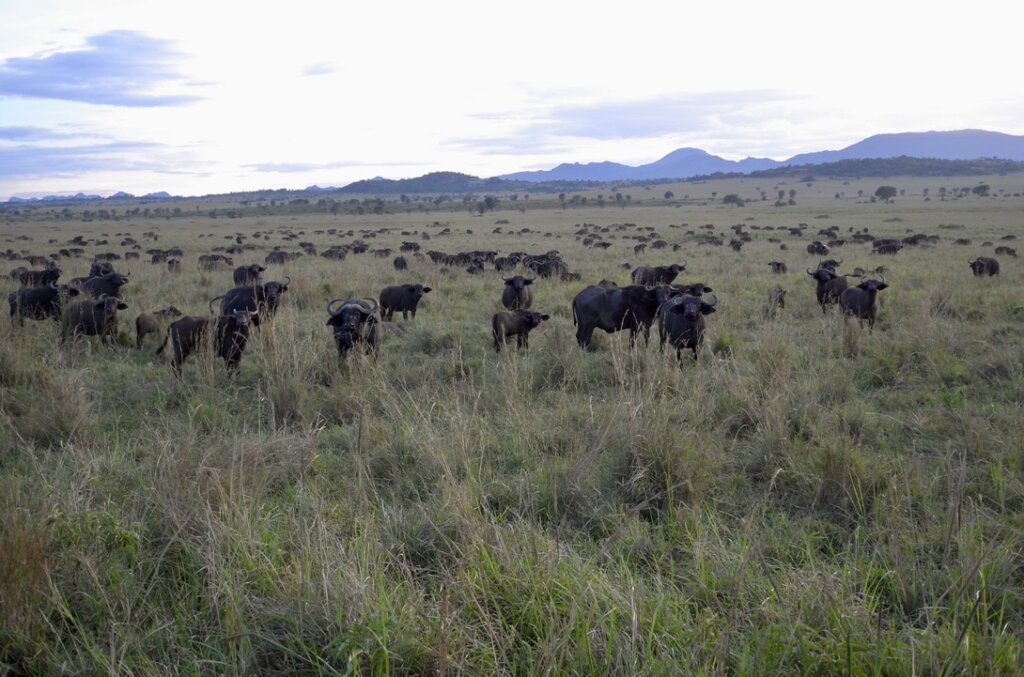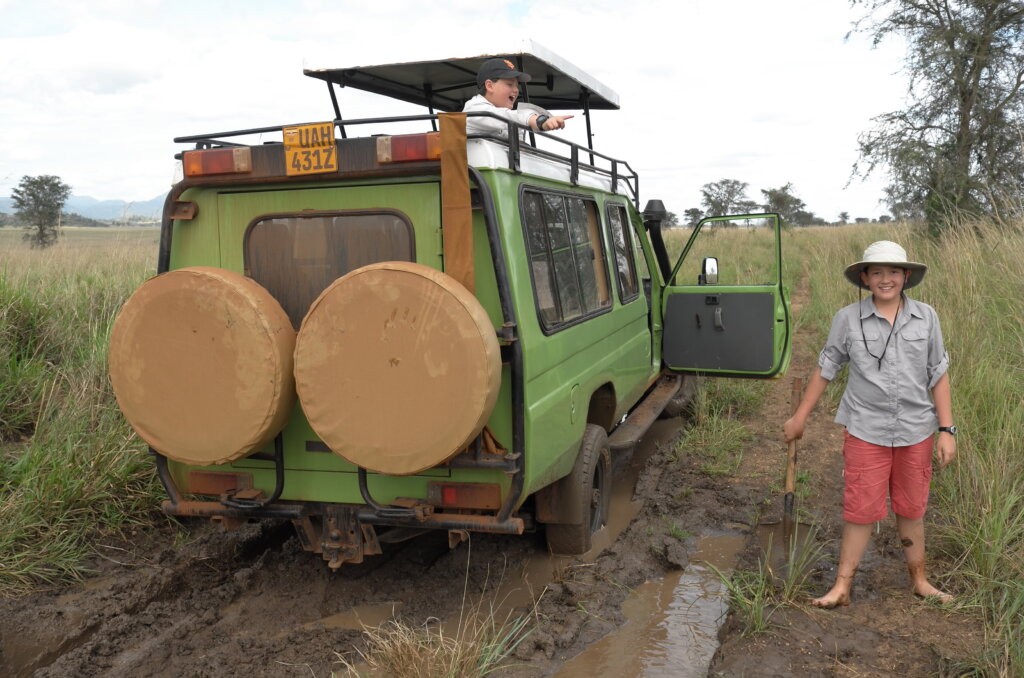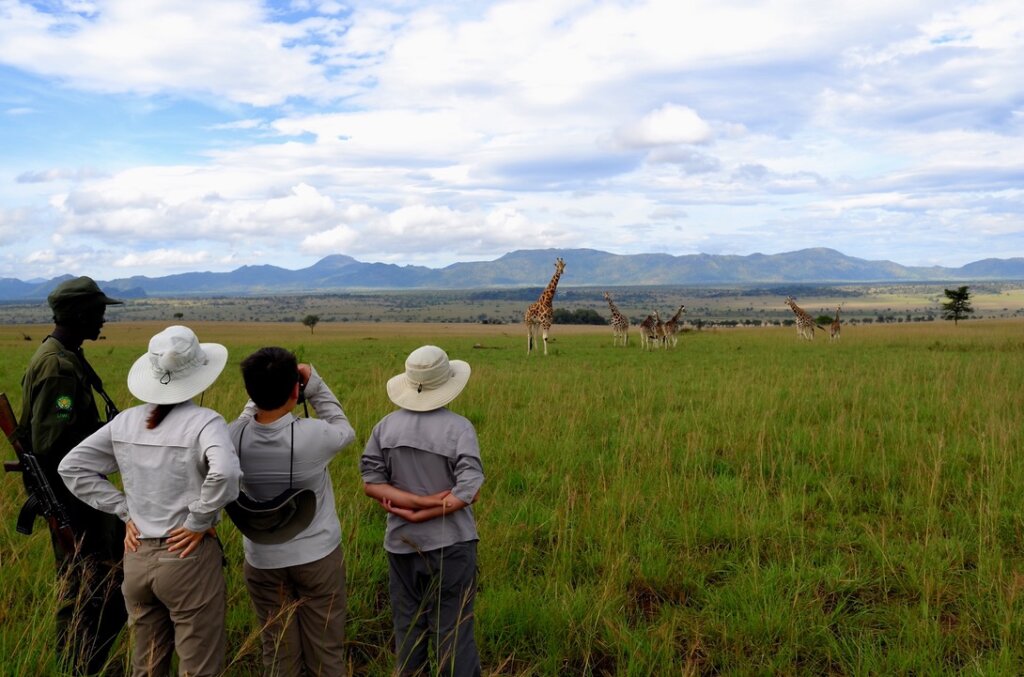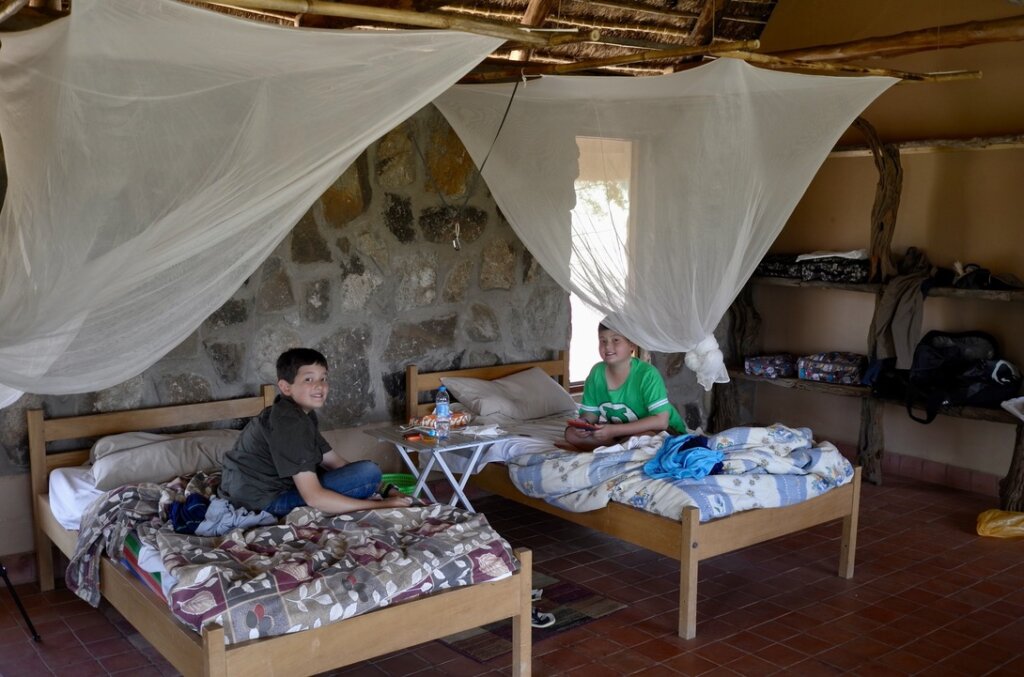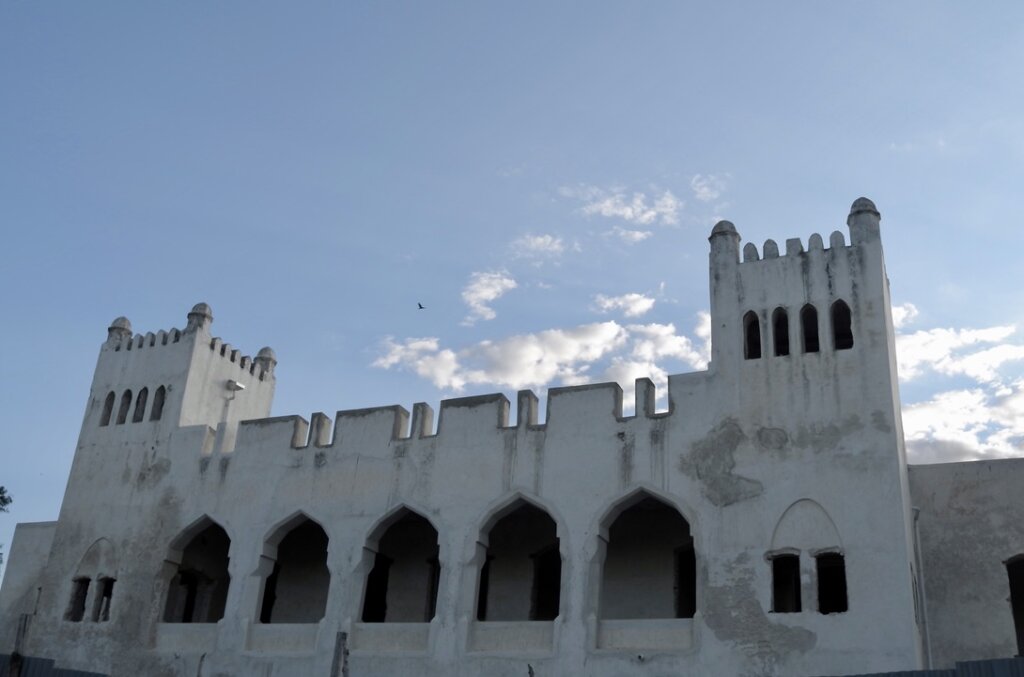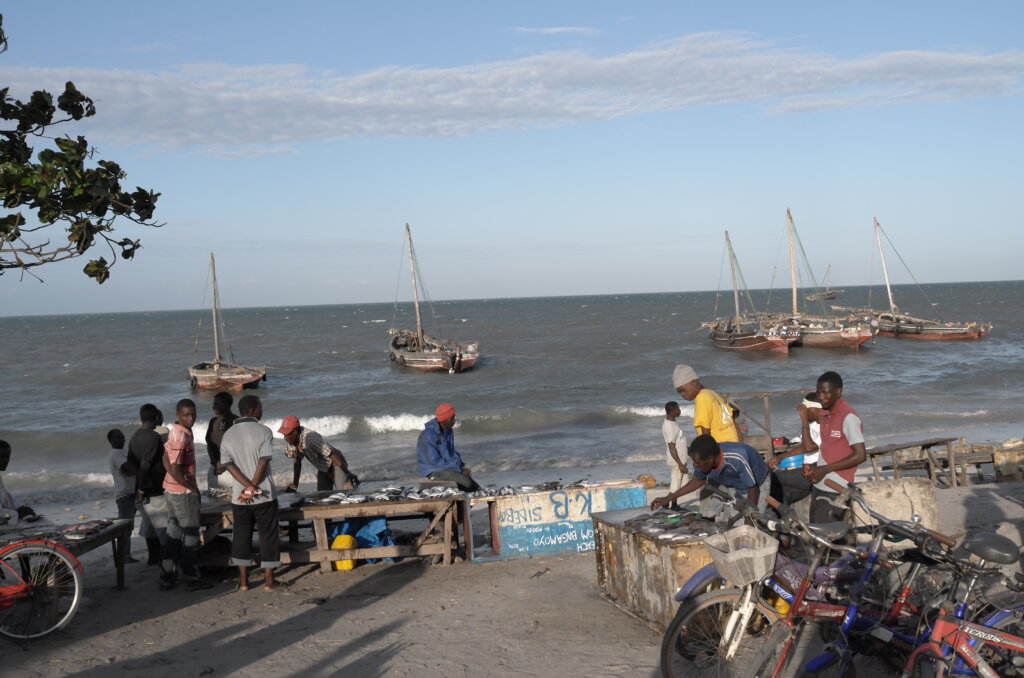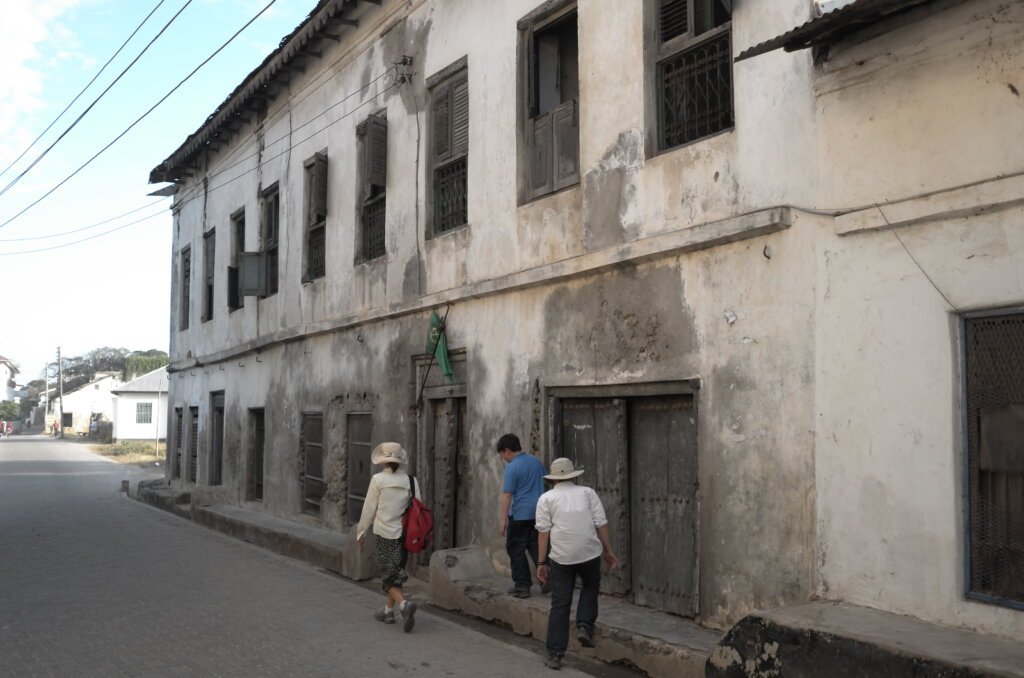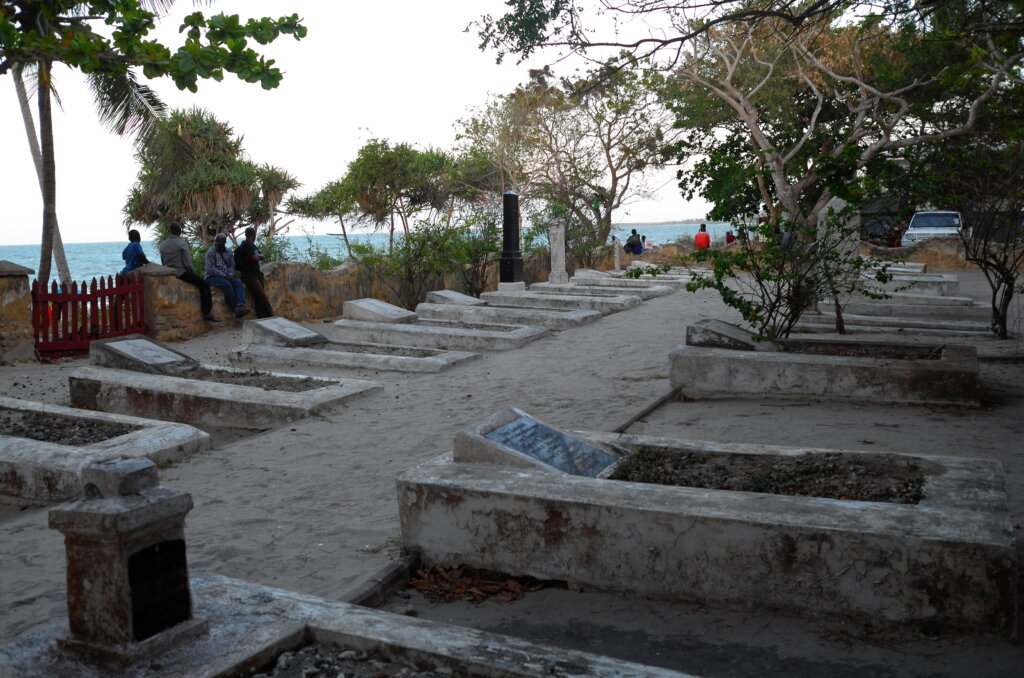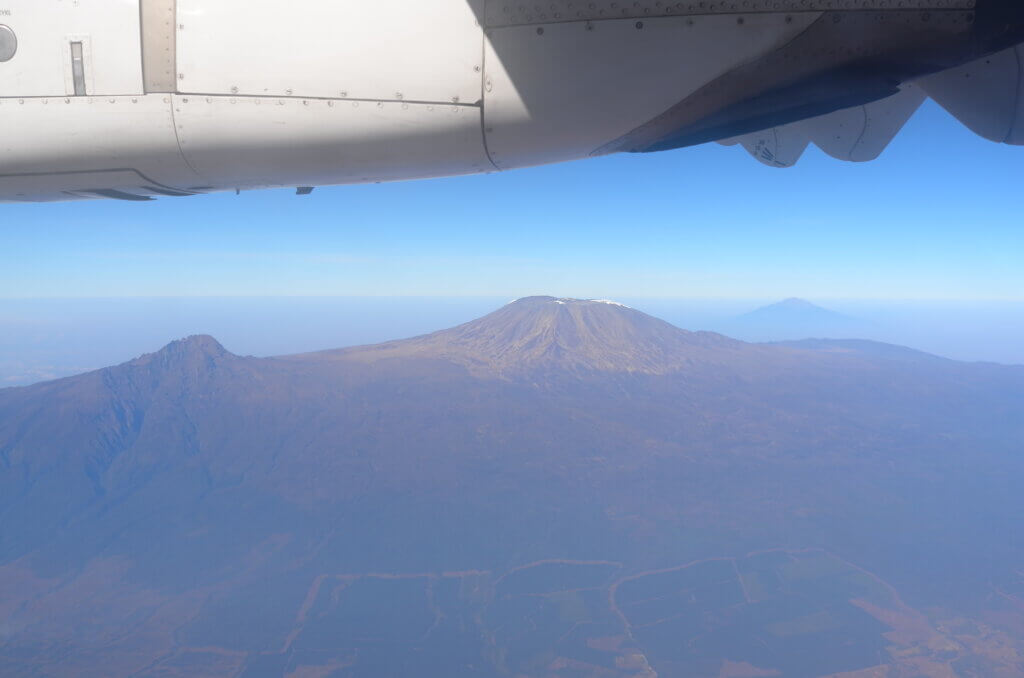There are only a few things which give sub-Saharan Africa a sense of common identity. One of them is police road blocks. Every road in every country we visited had police road blocks, often many of them. Typically they consist of a flimsy piece of wood flung across two empty metal barrels. But we have also seen stones placed on the road, cardboard boxes, or just a table and a chair on the side of the road. The policemen who man the roadblocks vary from the smart uniformed (and usually heavily armed) type to the dishevelled tramp type with shirt unbuttoned and a sleepy, faintly annoyed look.
We usually encounter two types of situations. Some policemen are very inquisitive and nitpicky – obviously after a bribe. During the Christmas period they even lose whatever reserve they might have had to ask for their “Christmas present” outright. Others are slouched at their desk and not too thrilled at having been woken up by the rare car driving past their forgotten road blocks. They typically wave us on with a grouchy look on their faces.
After crossing, probably, well over a hundred road blocks, I still struggle to understand their function – and value. On the 200km run from Kumasi to Takoradi in Ghana, we counted no less than 13 road blocks – each one of them delaying us for 3-5mn. At an average speed of 40km and hour, the time wasted by road blocks represented 15% of our total journey time that day.
Therefore,assuming that wasted time could be spent productively, Africa has a simple solution to instantaneously increase its GDP by 15% (and that’s not even counting the savings from not doing the road blocks!).

